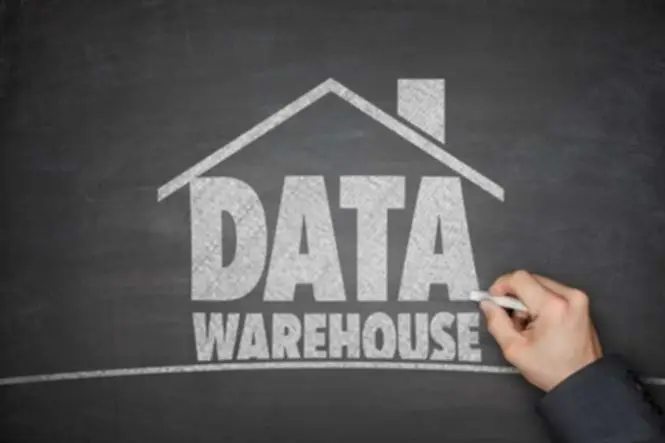Is the database we use or an exterior dependency not part of our area model layer? So, like a typical onion, let’s work our means into the core and hopefully avoid any tears along the way in which. The three outer layers are those which are not instantly associated to our business logic however rely upon on it fulfil their very own function. They can change often and thus are separate from our core application logic. Onion structure consists of a quantity of concentric layers interacting with one another in the course of the core, which is the domain https://yooutube.ru/ro/korotkie-psevdonimy-novye-familii-psevdonim-rubim-hvosty/. The architecture does not depend upon the data layer, as in a traditional three-tier architecture; it is dependent upon actual area models.

The Three Principal Layers (presentation, Area, And Knowledge Source)

A tightly coupled object relies on another object; that means altering one object in a tightly coupled utility, typically requires changes to numerous different objects. It isn’t tough when an utility is small but in an enterprise-level application, it is too troublesome to make the modifications. No course is provided by the Onion Architecture pointers about how the layers ought to be carried out. The architect should resolve the implementation and is free to choose no matter degree of sophistication, bundle, module, or no matter else is required to add within the answer.
Configuring Safety Guidelines In Azure Firewall

The folder structure promotes separation of concerns, with dependencies flowing inward, adhering to the dependency rule of Onion Architecture. Onion structure might sound exhausting in beginning but is broadly accepted within the industry. It is a robust structure and enables easy evolution of software.
Ep6: Entities Vs Worth Objects: Which One Is Better?
Instead of building a extremely decoupled construction, we often end up with several layers which are depending on one another. This is something really unhealthy in constructing scalable purposes and should pose points with the expansion of the codebase. To hold it clear, within the above diagram we are able to see that the presentation layer is determined by the logics layer, which in turn is dependent upon the info entry and so forth. The core of an onion architecture comprises several concentric layers that interface with each other. The architecture emphasizes the precise area models greater than the underlying frameworks or expertise. The biggest offender (and most common) is the coupling of UI and business logic to knowledge entry.
Organising Ef Core On The Persistence Project
This view model can be used for adding or modifying a consumer. We can discover that Controller takes both IUserService and IUserProfileService as a constructor parameters. The ASP.NET Core dependency injection will take care of passing an instance of these providers into UserController. The controller is developed to deal with operations requests for each User and UserProfile entities. Now, let’s develop the person interface for the User Listing, Add User, Edit User and Delete User.

Including The Entities To The Domain Project
- We should register IApplicationDBContext and bind it to ApplicationDbContext, right?
- Now we only have one more layer left to complete our Onion architecture implementation.
- Each microservice has its own model, its personal use circumstances and defines its personal external interfaces for retrieving or modifying the information.
- The Onion structure is a type of layered structure and we are ready to visualize these layers as concentric circles.
- Although they use totally different names for very related concepts, they each encourage us to consider business logic in the same way.
In the very center we see the Domain Model, which represents the state and habits mixture that models reality for the organization. Around the Domain Model are other layers with extra habits. The number of layers within the application core will vary, but remember that the Domain Model is the very middle, and since all coupling is toward the middle, the Domain Model is simply coupled to itself. The first layer across the Domain Model is often where we’d find interfaces that present object saving and retrieving habits, known as repository interfaces. The object saving habits isn’t in the application core, however, because it sometimes entails a database. The outer layer is reserved for things that change typically.
The means we do it is that any time we’d like a reference to the infrastructure or UI, we outline an interface, implement it outside the applying core layers, and wire it at runtime with dependency injection. If you’ve seen my different movies on domain-driven design, that is precisely the layer the place you place all of the courses you have defined in your mannequin, such as services, aggregates, entities, and value objects. This area modeling exercise leads to domain services – these providers hold your small business logic.
It’s paramount to grasp the domain model of your corporation as that is fundamental input into your structure. This domain modeling train is usually carried out jointly by architects and business stakeholders and often produce domain mannequin. This model is a non-technical model that describes the enterprise you may be in.

CodeGuru covers subjects related to Microsoft-related software improvement, cellular improvement, database management, and net software programming. Cloud providers such as Microsoft Azure and database options together with SQL Server and MSSQL are also regularly lined. The extra involved strategy is to outline compilation modules representing the layers. Its disadvantage is a morecomplicated construct structure and setup of your build device of choice.
By separating the applying into layers, the system turns into extra testable, maintainable and transportable. It helps straightforward adoption of latest frameworks/technologies when old frameworks turn out to be out of date. Similar to different architectural styles like Hexagonal, Layered, Clean Architecture, etc. it supplies an answer for common issues. Domain-driven design (DDD) is an approach to growing software program for complicated wants by deeply connecting the implementation to an evolving model of the core enterprise ideas. If you’re using a mainstream programming language, you get Inversion of Control and Dependency Injection at no cost with frameworks like Spring Boot or ASP.NET Core.
Business guidelines that belong to the area mannequin, domain services and utility providers must be tested through Unit Testing. As we transfer to the outer layer, it makes more sense to have integration tests in infrastructure services. For our software End to End testing and BDD are probably the most acceptable testing strategies.

Comment (0)